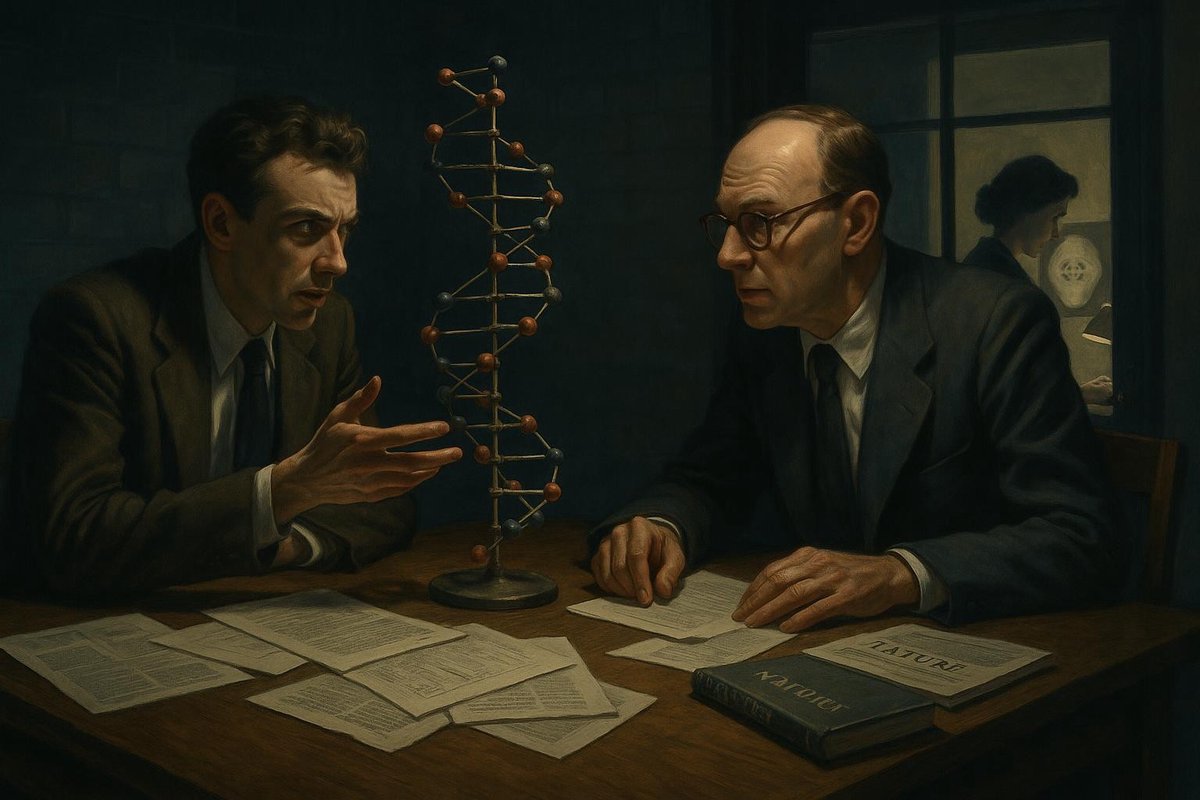
Unpacking the Question: Who Cracked the Double Helix?
Who discovered the structure of DNA? It’s a question that, on the surface, seems as clear-cut as a textbook answer. But as biology students quickly learn, the truth is far more nuanced and vibrant. The path to decoding DNA’s double helix was paved not only with intellectual rigor but also with a competitive fire that blazed among some of the brightest minds of the 20th century.
The story revolves around the now-famous trio of James Watson, Francis Crick, and Rosalind Franklin. Each brought unique skills, perspectives, and, importantly, a fierce determination to be the first to reveal the secret of life itself. At the heart of this scientific drama was a race against time and against each other, fueled by a sense of urgency and rivalry.
- James Watson, a young American biologist, brought enthusiasm and a penchant for bold ideas.
- Francis Crick, a physicist turned biologist, offered analytical precision and theoretical insights.
- Rosalind Franklin, a British chemist, wielded her X-ray diffraction expertise like a maestro, capturing images that would prove pivotal.
It was a confluence of talent, ambition, and a touch of serendipity that finally unraveled the double helix. But it wasn’t just science in play; it was a human drama unfolding in labs and lecture halls.
Surprising Facts: The Untold Stories and Rivalries
Interestingly, the discovery of DNA’s double helix wasn’t a solitary eureka moment. Many people believe that it was a straightforward scientific breakthrough. In reality, it was a dance of collaboration and competition. The key players all had their moments of brilliance and frustration, often in quick succession.
• Rosalind Franklin’s “Photo 51,” captured in 1952 at King’s College London, provided crucial evidence. Yet, due to the dynamics of the time, her contributions were overshadowed.
• Watson and Crick, working at the University of Cambridge, were not the only ones in the race. Linus Pauling, a renowned chemist, was also vying for the prize, adding another layer of urgency.
• The competitive spirit was a double-edged sword. It accelerated discoveries but also led to tensions and misunderstandings — Franklin’s data was shared without her immediate knowledge.
What made this journey so captivating were the personalities involved, each pushing boundaries in their own way. As Crick later noted, “We were all working under this intense pressure, knowing someone could publish before us any day.” The competitive spirit here was both a catalyst for discovery and a reminder of the human element in science.
What Science Says: The Double Helix Revealed
What does the double helix reveal, and why was it so revolutionary? At its core, DNA’s structure explains the mechanism of biological inheritance — a fundamental leap in understanding life itself. Before this discovery, the precise way genetic information was stored and replicated remained an enigma.
• The intertwining of two strands, like a twisted ladder, revealed how genetic information is duplicated with fidelity.
• The pairing of bases — adenine with thymine, guanine with cytosine — explained the code of life, a concept that was as poetic as it was scientific.
• Understanding the structure allowed for advancements in fields like genetics, medicine, and biotechnology.
As time goes on, the implications of this discovery continue to unfold. Crick famously declared, “We have found the secret of life.” Indeed, unlocking the double helix opened doors to new scientific inquiries and technologies, from genetic engineering to personalized medicine.
What It Means for Us: The Legacy of the Double Helix
What does this tale of rivalry and discovery mean for us today? The unraveling of DNA’s structure marked a transformative moment in science. It changed not only how we understand biology but also how we approach scientific inquiry itself.
• It highlights the importance of collaboration amidst competition — science thrives when diverse perspectives converge.
• It serves as a reminder of the often-unacknowledged contributions of individuals like Rosalind Franklin, whose work is now celebrated for its crucial role.
• It propels ongoing debates on ethics in science, particularly around data sharing and recognition.
The discovery of the double helix taught us that science is not just about facts and figures, but also about the people behind those discoveries. As we continue to explore the mysteries of biology and beyond, it’s a legacy that encourages curiosity, resilience, and respect.
Fuel Someone Else’s Curiosity
As we reflect on the discovery of DNA’s structure, let’s celebrate not just the science but the stories that made it possible. Share this tale of rivalry and triumph with someone who’s as curious as you are, and inspire them to delve deeper into the wonders of science. In doing so, we continue the tradition of inquiry and discovery that has always driven humanity forward.

Leave a Reply